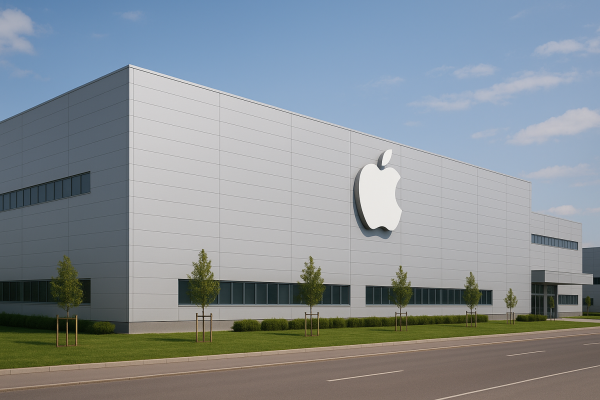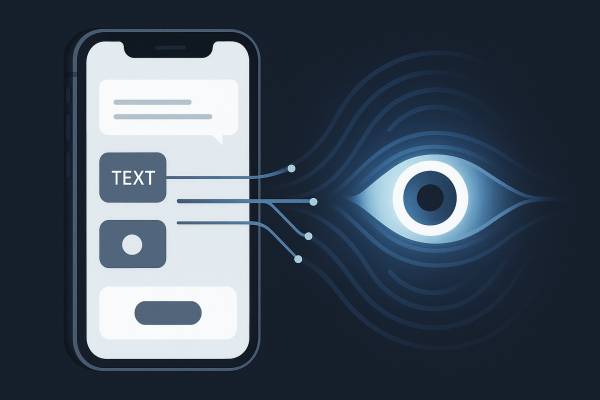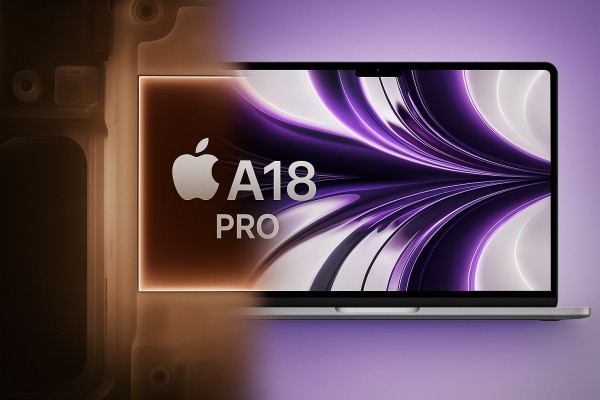With a starting price of nearly $600, the successor to the iPhone SE—the iPhone 16e—is Apple's most affordable iPhone model. In Europe, as usual, it is available for a slightly higher price of €699. Although the new budget iPhone is only slightly cheaper than the iPhone 16, it is also quite similar in terms of hardware performance.
What's missing from the iPhone 16e?
Processor
The iPhone 16e and iPhone 16 use almost the same processor, as both are equipped with the A18 chip featuring 6 cores and a 16-core Neural Engine. However, the 16e has a slightly weaker GPU, with only 4 cores compared to the 5-core GPU in the more expensive model. An average user is unlikely to notice this difference in everyday use.
Display
One of the most noticeable differences is in the display. The iPhone 16e has a notch, while the iPhone 16 features only a camera island. Whether this is a major advantage depends on personal preference, as the thin display strip above the camera island may not be a significant improvement for everyone.
There is also a slight difference in resolution: the iPhone 16e has a 2532 x 1170 resolution, while the iPhone 16 offers 2556 x 1179—a negligible difference that is practically within rounding error range.
The screen brightness differs as well, with the 16e offering 800 nits, compared to 1000 nits on the iPhone 16. This gives the iPhone 16 a slight advantage in bright sunlight.
If you're looking for adaptive refresh rates (ranging from 1 Hz to 120 Hz with ProMotion) or Always-On Display, you'll need to opt for the iPhone 16 Pro, as neither the 16 nor the 16e include these features.

Camera
On the back, the difference is obvious: the iPhone 16e has only one camera, while the iPhone 16 has two.
Both phones feature a 48 MP main camera, but the 16e lacks a 12 MP ultra-wide-angle camera. Additionally, the macro mode and action mode are missing from the 16e.
On the front, both models have a 12 MP selfie camera.
For users who prioritize photography, the iPhone 16 is the clear winner. The 16e also has weaker image stabilization, which may be noticeable in certain conditions. However, for those who only take occasional photos, the single camera should be sufficient.

Wireless Technology
The iPhone 16e debuts Apple's in-house designed C1 5G modem, developed in Munich, Germany. However, there are rumors that it is not perfect, and unfortunately, the fact remains that it does not support all 5G networks—it only works with sub-6GHz frequencies. This could be a major drawback for users who rely on high-speed 5G connections.
The Wi-Fi capabilities also differ. The iPhone 16e only supports Wi-Fi 6, while the iPhone 16 supports Wi-Fi 7, which can deliver up to five times faster speeds—but only for users with a Wi-Fi 7-compatible router at home or at work. If you don’t have one, the difference won’t matter.
For Bluetooth, there is no difference—both models support Bluetooth 5.3.
Design & Colors
The iPhone 16e is available in only two colors: black and white, whereas the iPhone 16 comes in five colors.
Both models have identical dimensions, with the main visual differences being the notch and the number of cameras.
Summary
The iPhone 16e comes at a slightly lower price than the standard iPhone 16. In terms of performance, the two models are almost identical, and in everyday use, the differences are minimal.
However, there are compromises: the camera is less versatile, 5G support is limited, and Wi-Fi 7 is missing. Whether these trade-offs matter depends on individual needs.
For those who prioritize photography or rely on fast mobile internet, the iPhone 16 is the better option. But for users who don’t need extra camera features and are fine with basic 5G connectivity, the iPhone 16e offers solid value at a lower price.



























